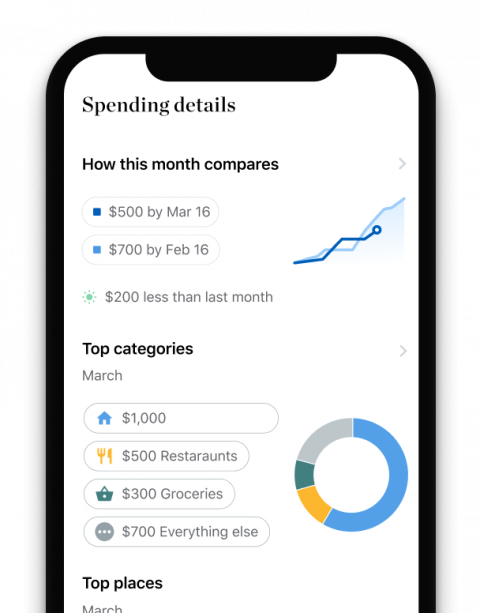Your Guide to Financial Aid

Many or all of the products featured here are from our partners who compensate us. This influences which products we write about and where and how the product appears on a page. However, this does not influence our evaluations. Our opinions are our own. Here is a list of our partners and here's how we make money.
Applying for financial aid is the key to getting help with paying for college.
Financial aid includes free money like grants, scholarships and work-study, as well as government loans that you repay. You’re likely to end up with a combination of sources, but you should always maximize all free aid before turning to loans. If you do borrow, choose federal loans before private options.
Powered by
Financial aid: What's typical?
The type and amount of aid you receive will depend on what you’re eligible for. Here are the average amounts students receive and the portion of annual college costs those amounts typically cover, according to "How America Pays for College 2022," an annual study by Sallie Mae and market research firm Ipsos. Totals are rounded to the nearest 100th.
Source | Amount | % of total | |
|---|---|---|---|
Parent borrowing | Federal parent PLUS loans | $617 | 2.43% |
Private loans | $415 | 1.64% | |
Home equity loans or line of credit | $240 | 0.94% | |
Credit cards | $246 | 0.97% | |
Retirement account loans (including 401[k], Roth IRA or other IRA) | $187 | 0.74% | |
Other loans | $267 | 1.05% | |
TOTAL | $1,972 | 7.77% | |
Student borrowing | Federal student loans, such as direct, Stafford or Perkins loans | $1,419 | 5.60% |
Private loans | $602 | 2.38% | |
Student credit cards | $121 | 0.48% | |
Student other loans | $226 | 0.89% | |
TOTAL | $2,368 | 9.35% | |
Paid by parents from | Parent current income | $6,161 | 24.34% |
College savings funds, such as a 529 plan | $2,434 | 9.62% | |
Other parent savings or investments | $1,725 | 6.81% | |
Retirement savings withdrawal (including 401[k], Roth IRA or other IRA) | $612 | 2.42% | |
TOTAL | $10,932 | 43.19% | |
Paid by student from | Student current income | $1,016 | 4.01% |
Student savings | $955 | 3.77% | |
Federal work-study | $332 | 1.31% | |
Other student savings or investments | $508 | 2.01% | |
TOTAL | $2,811 | 11.10% | |
Other sources | Scholarships (received from the school or outside organizations or businesses) | $3,745 | 14.79% |
Grants (federal, state or school-based) | $2,937 | 11.60% | |
Relatives or friends (money that doesn't have to be repaid) | $548 | 2.16% | |
TOTAL | $7,230 | 28.55% | |
Total paid | $25,313 | 99.96% |
The total amount of $25,313 is the average amount that families spent on an undergraduate education in 2021-22.
To help you navigate the complicated financial aid process, we’ve chosen articles below that address typical questions students have. They’ll even explain the jargon.
» MORE: Is College Worth It?
Start by finding the description that best matches where you are in the financial aid journey.
On a similar note...
Powered by


